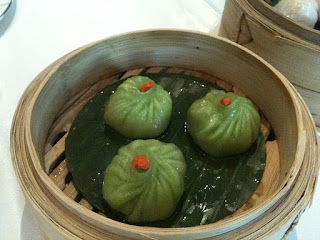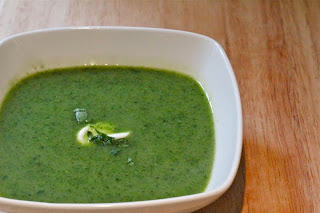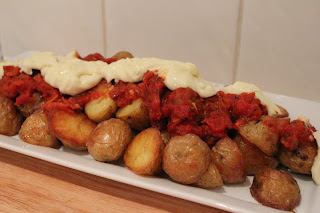Melissa took us through a potted history of beer and brewing methods before we moved on to the important business of tasting some beers with appropriately matched foods.
Now, although I studiously took notes all evening, I have managed to misplace them. Idiot. Fortunately for us all, the lovely Jassy has written up the evening on her blog Gin and Crumpets and done a much better job than I would've done. Please check it out. I'll be testing you.
Just to prove I was paying attention, I thought I'd share with you a few of the things that I found really interesting.
1. The term 'beer' covers ales and lagers. What we were introduced to was Artisan beers - rather than mass produced, commercial beers. I was amazed by the differences in taste. Beers vary just as much as wines. I can almost guarantee that with a bit of experimentation you'll find one that you love. My personal favourite from the evening was the Sierra Nevada Pale Ale, from California (amber coloured with a fragrant bouquet and notes of orange blossom, don't you know!).
2. Some of the best Artisan produced beers are now coming from the States, as the Sierra Nevada proves. So, for those of you that think that our American friends don't know their beer, think again.
3. Beer and food matching is far from a gimmick. Melissa paired the food with beers that were designed to either complement or cut through the foods. Check out Gin and Crumpets for some examples. It was amazing to experience how the various beers transformed. Something I'm keen to replicate at home.
4. You should taste beers in a very similar way to how you taste wines:
- Hold the beer to the light to check the colour
- Hold your hand over the glass and swirl
- Keep your hand over the glass until you have the glass up to your nose. Sniff and identify the different aromas
- Take a large mouthful and ensure your whole mouth is covered
- Now, the good news, in contrast to wine tasting, you need to swallow the beer. Bonus!
I, for one, am a convert and think I may just become a beer nerd. At the very least, I'll be on the lookout for new and interesting beers when I'm out and about. Step away from the wife-beater and give it a go yourself!

































